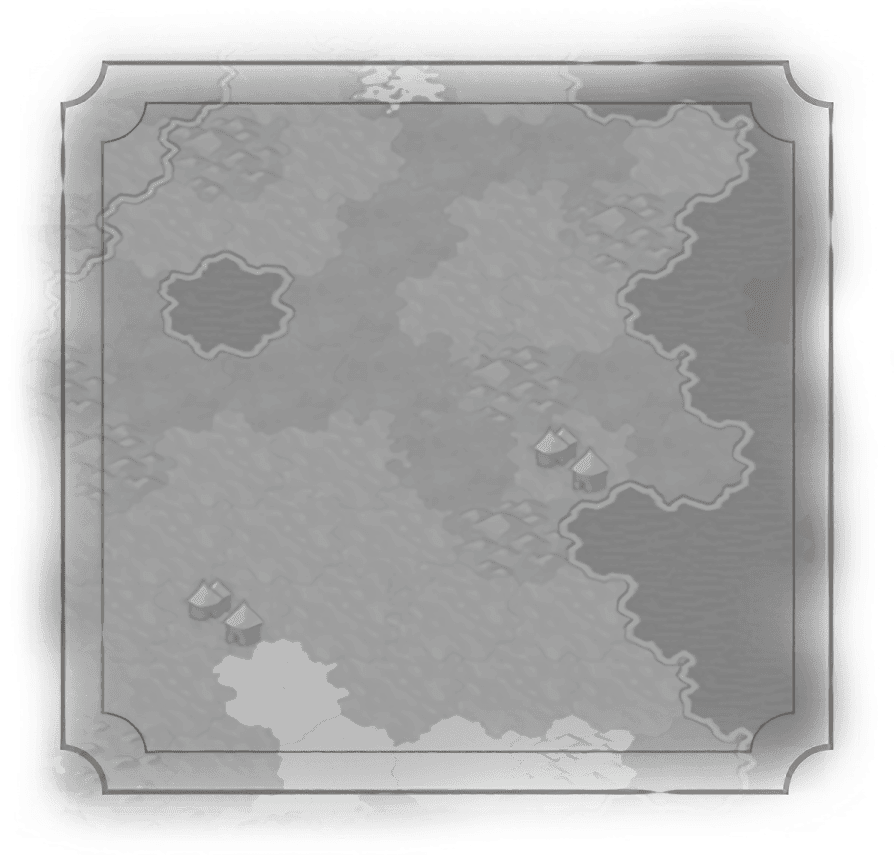Cultural
Militaristic
Religious
Scientific
Trade


Industrial City-State
1  Envoy: +2
Envoy: +2  Production in the
Production in the  Capital when producing wonders, buildings, and districts.
Capital when producing wonders, buildings, and districts.
3  Envoys: +2
Envoys: +2  Production in every city with a Workshop building when producing wonders, buildings, and districts.
Production in every city with a Workshop building when producing wonders, buildings, and districts.
6  Envoys: +2
Envoys: +2  Production in every city with a Factory building when producing wonders, buildings, and districts.
Production in every city with a Factory building when producing wonders, buildings, and districts.
Johannesburg Suzerain Bonus
Cities receive +1  Production for every improved resource type. After researching Industrialization it becomes +2
Production for every improved resource type. After researching Industrialization it becomes +2  Production.
Production.
The city grew quickly after this, as prospectors flocked to the region sought gold, land barons sought to control territory, and laborers from all over Southern Africa sought jobs in the mines. It would have been a wild place, with miners, gangsters, and other individuals from all over the region, including – perhaps surprisingly – a laundry industry dominated by Zulu men. While the Dutch Afrikaners and English settlers gave their names to the growing city (“Johannes” being the most popular Dutch name at the time), much of the population were African.
The region was at the time controlled by the Zuid-Afrikaansche Republiek – the Boer (Dutch) South African Republic, a state that had resisted British expansion in the First Boer War and existed briefly as an independent republic. The state was not to resist the Empire in the Second Boer War, which saw Johannesburg depopulated (and saw the establishment of its Chinese community).
This focus on mines was to define Johannesburg. Soweto – the settlement for black African mine workers – grew to a size that rivalled or exceeded that of the central city itself, and under the racist apartheid system, fully implemented in 1948, these workers found their movement restricted and rights curtailed. These tensions erupted in the Soweto uprising in 1976, when black students marched against apartheid. The police, in response, shot them. As a result, Soweto, and the African National Congress gained a leading role in the resistance to apartheid, and the ANC came to power – and marked the end of apartheid – in 1994.
Today, Johannesburg is South Africa’s largest city. Mining has waned in importance, although there are still conflicts between miners and police, but the city remains an industrial town.

City-State Type

City-State Type
Industrial City-State
1  Envoy: +2
Envoy: +2  Production in the
Production in the  Capital when producing wonders, buildings, and districts.
Capital when producing wonders, buildings, and districts.
3  Envoys: +2
Envoys: +2  Production in every city with a Workshop building when producing wonders, buildings, and districts.
Production in every city with a Workshop building when producing wonders, buildings, and districts.
6  Envoys: +2
Envoys: +2  Production in every city with a Factory building when producing wonders, buildings, and districts.
Production in every city with a Factory building when producing wonders, buildings, and districts.
Johannesburg Suzerain Bonus
Cities receive +1  Production for every improved resource type. After researching Industrialization it becomes +2
Production for every improved resource type. After researching Industrialization it becomes +2  Production.
Production.
The city grew quickly after this, as prospectors flocked to the region sought gold, land barons sought to control territory, and laborers from all over Southern Africa sought jobs in the mines. It would have been a wild place, with miners, gangsters, and other individuals from all over the region, including – perhaps surprisingly – a laundry industry dominated by Zulu men. While the Dutch Afrikaners and English settlers gave their names to the growing city (“Johannes” being the most popular Dutch name at the time), much of the population were African.
The region was at the time controlled by the Zuid-Afrikaansche Republiek – the Boer (Dutch) South African Republic, a state that had resisted British expansion in the First Boer War and existed briefly as an independent republic. The state was not to resist the Empire in the Second Boer War, which saw Johannesburg depopulated (and saw the establishment of its Chinese community).
This focus on mines was to define Johannesburg. Soweto – the settlement for black African mine workers – grew to a size that rivalled or exceeded that of the central city itself, and under the racist apartheid system, fully implemented in 1948, these workers found their movement restricted and rights curtailed. These tensions erupted in the Soweto uprising in 1976, when black students marched against apartheid. The police, in response, shot them. As a result, Soweto, and the African National Congress gained a leading role in the resistance to apartheid, and the ANC came to power – and marked the end of apartheid – in 1994.
Today, Johannesburg is South Africa’s largest city. Mining has waned in importance, although there are still conflicts between miners and police, but the city remains an industrial town.



